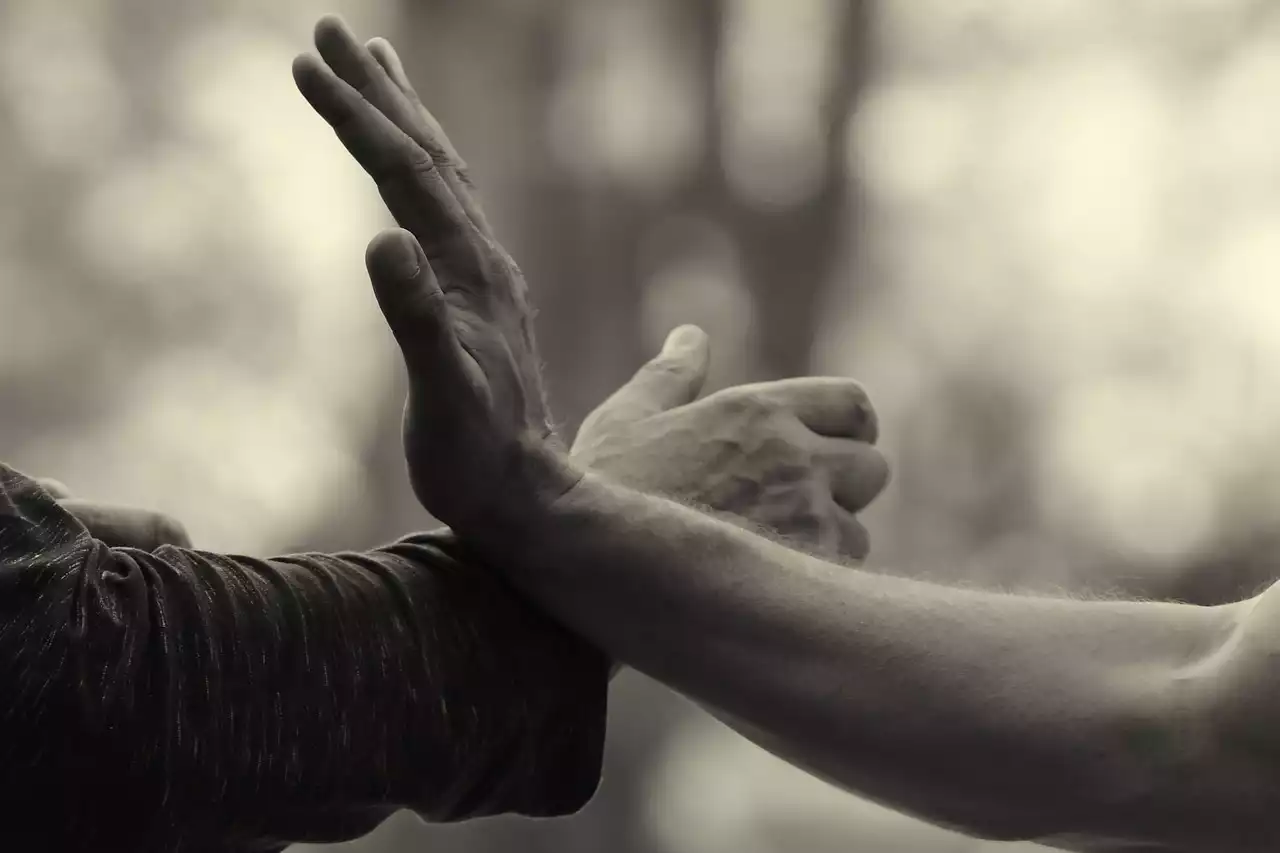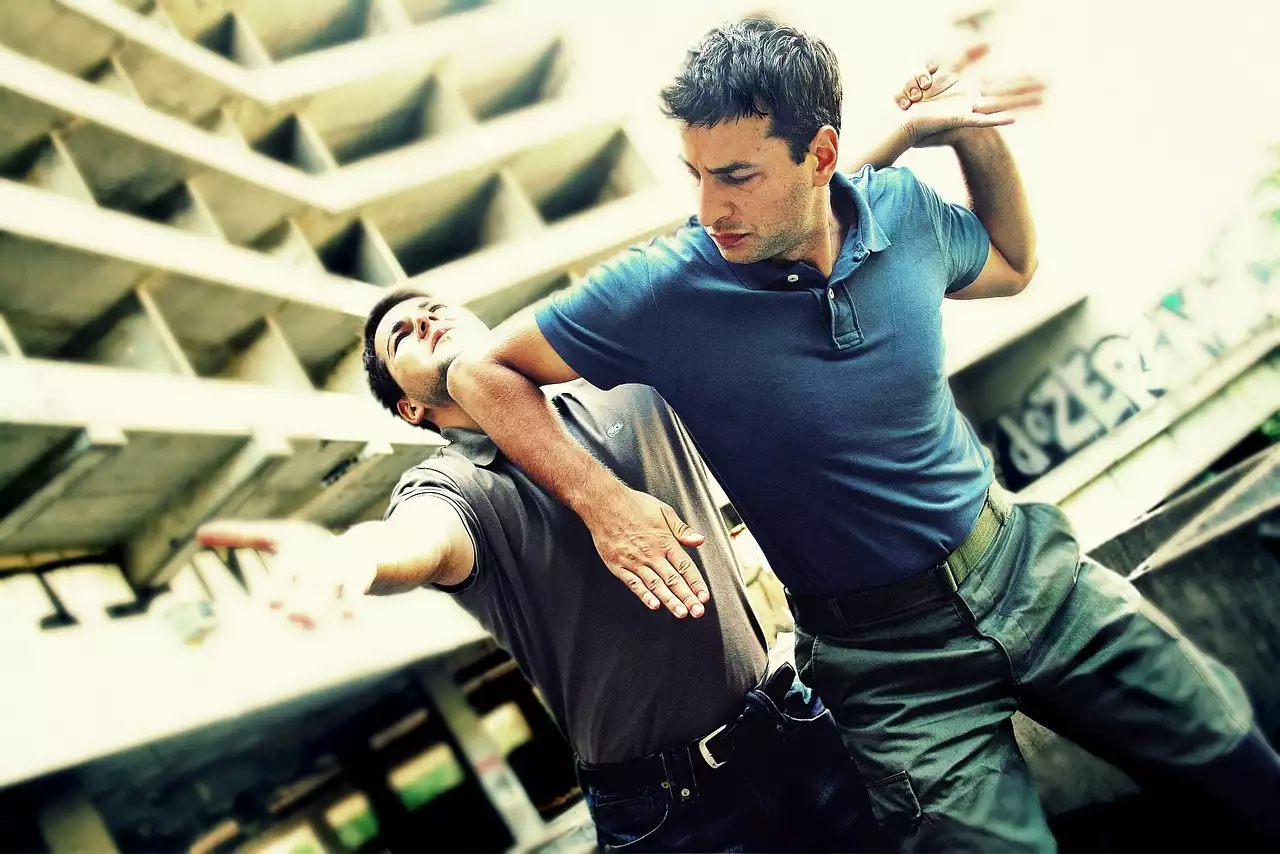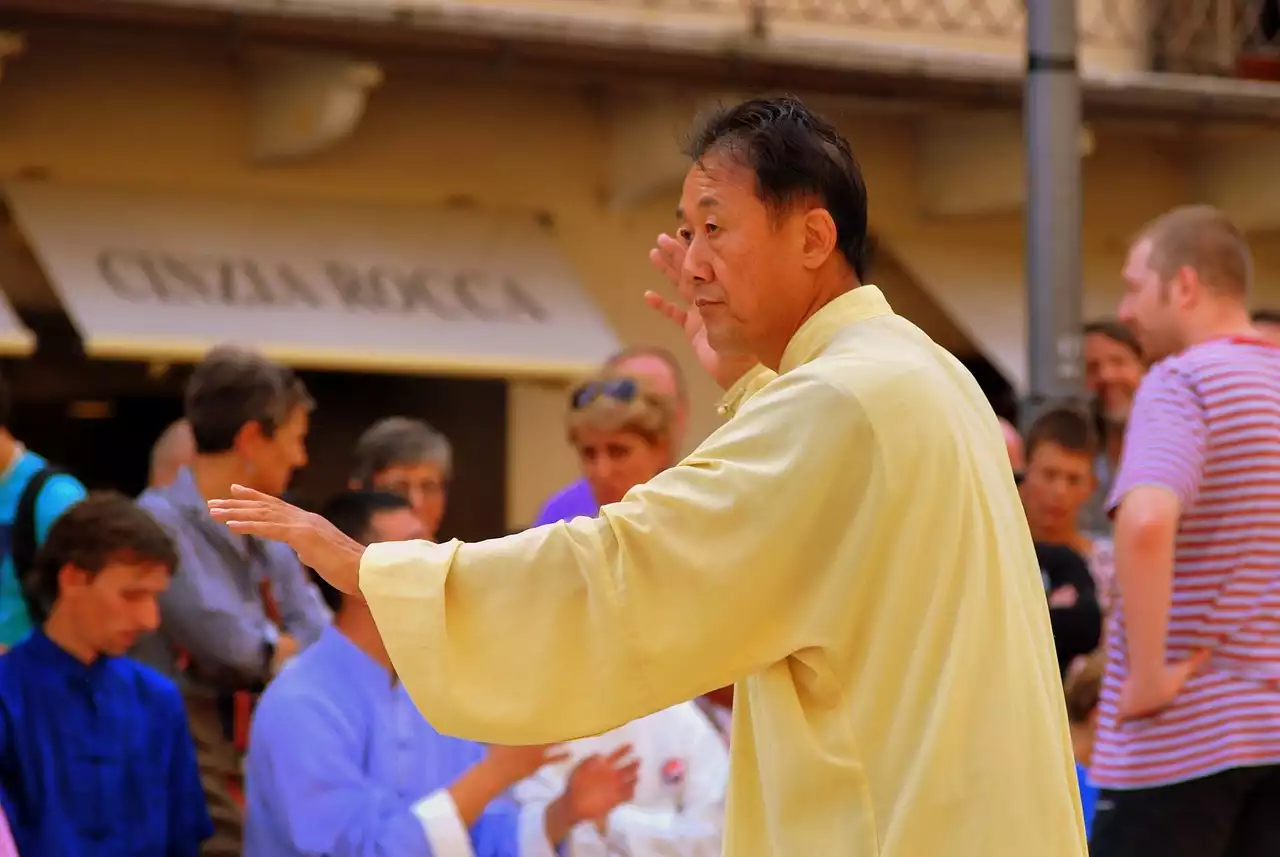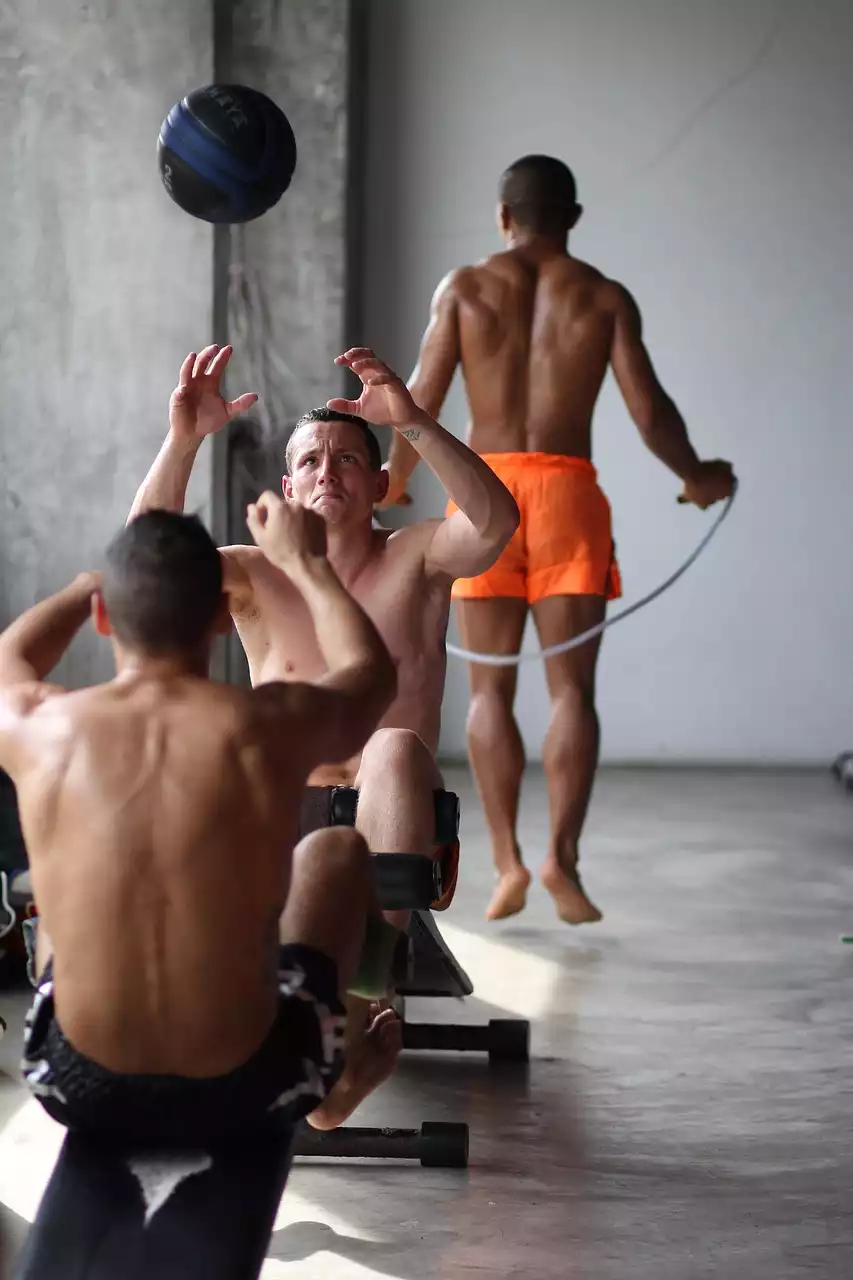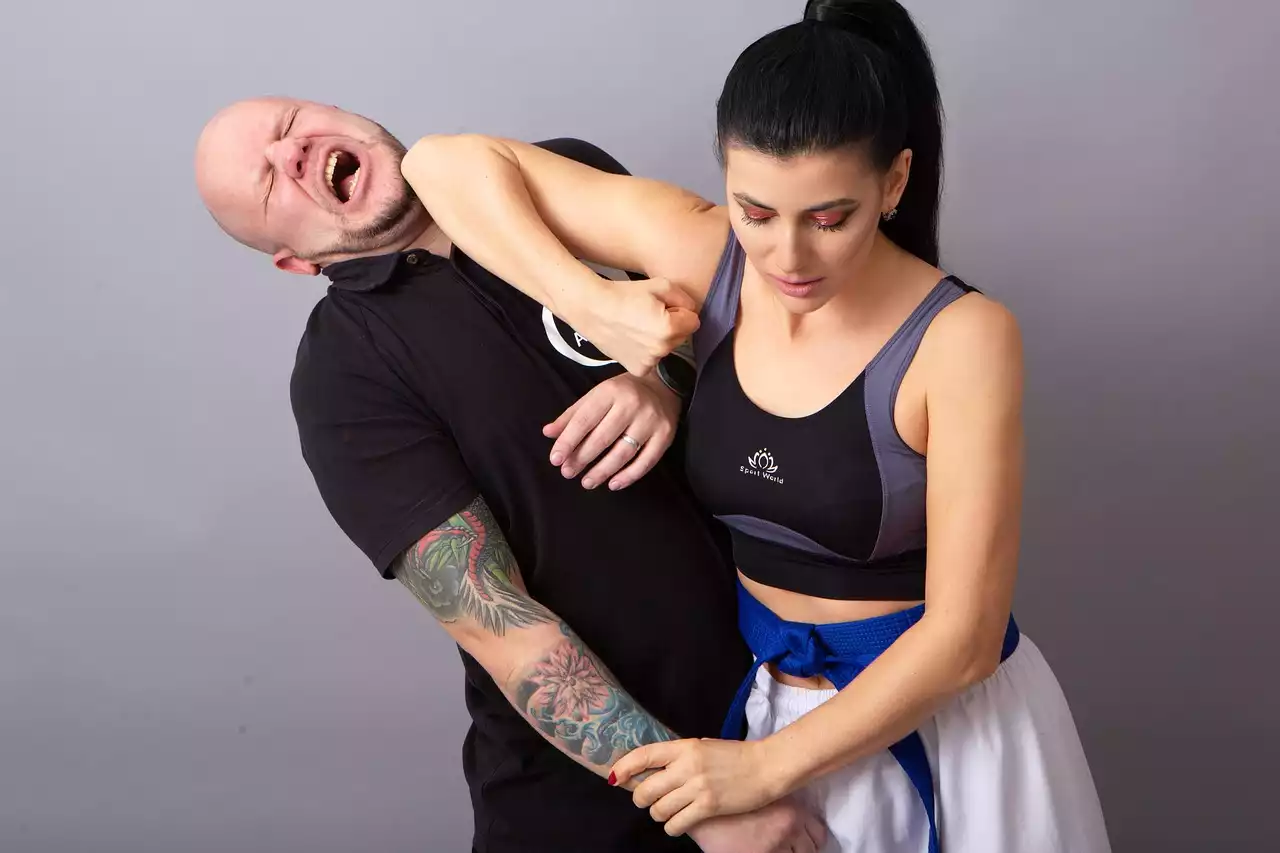Historical background of Japanese Jujitsu
The earliest recorded history of jujitsu dates back to the 8th century, during the Nara period, when Japanese warriors began to develop techniques for unarmed combat. However, it was during the feudal era, from the 12th to the 19th century, that jujitsu began to take shape as a formal martial art. During this time, Japan was divided into many small provinces, each ruled by a daimyo, or feudal lord, who maintained a private army of samurai warriors. The samurai were trained in various forms of combat, including jujitsu, which was considered an essential skill for close combat situations.
Jujitsu techniques were developed to counteract the strengths of armored opponents, such as the sword-wielding samurai. These techniques focused on using an opponent's momentum against them, using throws and joint locks to immobilize them. Jujitsu also incorporated striking techniques, such as kicks and punches, to disable an opponent before executing a throw or lock.
Despite its effectiveness, jujitsu was not widely practiced outside of the warrior class during the feudal era. It was not until the Meiji Restoration in 1868 that jujitsu began to gain wider recognition and popularity.
The evolution of Japanese Jujitsu
During the Meiji Restoration, Japan underwent a period of rapid modernization and Westernization. The samurai class was abolished, and many traditional martial arts, including jujitsu, began to decline in popularity. However, a few prominent jujitsu masters, such as Jigoro Kano and Morihei Ueshiba, continued to practice and teach their art.
Jigoro Kano, a student of several jujitsu schools, founded Kodokan Judo in 1882. Kodokan Judo emphasized the use of throws and groundwork, and it became a popular sport in Japan and eventually around the world. Morihei Ueshiba, another prominent jujitsu master, developed Aikido in the early 20th century. Aikido focused on redirecting an opponent's energy rather than using force to defeat them.
Despite the decline of traditional jujitsu during the Meiji Restoration, several schools continued to teach their techniques to a new generation of practitioners. These schools, known as koryu, or "old schools," preserved the techniques and traditions of jujitsu that had been passed down through the ages.
The role of samurai in the development of Japanese Jujitsu
The samurai played a significant role in the development of Japanese jujitsu. During the feudal era, samurai were trained in various forms of combat, including jujitsu, which was considered an essential skill for close combat situations. The techniques of jujitsu were developed to counteract the strengths of armored opponents, such as the sword-wielding samurai.
Jujitsu techniques focused on using an opponent's momentum against them, using throws and joint locks to immobilize them. The samurai also incorporated striking techniques, such as kicks and punches, to disable an opponent before executing a throw or lock.
The samurai class was abolished during the Meiji Restoration in 1868, and many traditional martial arts, including jujitsu, began to decline in popularity. However, the techniques and traditions of jujitsu were preserved by several schools, known as koryu, or "old schools." These schools continued to teach their techniques to a new generation of practitioners, ensuring that the art of jujitsu would not be lost to history.
The influence of other martial arts on Japanese Jujitsu
Japanese jujitsu was influenced by other martial arts, including Chinese martial arts and sumo wrestling. Chinese martial arts, such as Kung Fu, were introduced to Japan via trade routes and cultural exchange. These martial arts emphasized striking techniques and developed into various styles, including Karate and Kendo.
Sumo wrestling, Japan's national sport, also influenced the development of jujitsu. Sumo wrestlers were trained in various forms of grappling and throwing techniques, which were adapted and incorporated into jujitsu.
During the Meiji Restoration, Western boxing and wrestling were introduced to Japan. These martial arts emphasized striking and grappling techniques and had a significant impact on the development of jujitsu. Many jujitsu masters incorporated elements of Western martial arts into their techniques, resulting in the emergence of new styles and techniques.
The emergence of Judo and Brazilian Jiu Jitsu
Judo and Brazilian Jiu Jitsu are two modern-day forms of jujitsu that have gained worldwide recognition and popularity. Judo was founded by Jigoro Kano in 1882 and emphasized the use of throws and groundwork. Judo became a popular sport in Japan and eventually around the world, with the first World Judo Championships held in 1956.
Brazilian Jiu Jitsu, also known as BJJ, is a form of jujitsu that was developed in Brazil in the early 20th century. BJJ emphasizes ground fighting and submission techniques, and it has gained popularity in recent years due to its effectiveness in mixed martial arts competitions.
Both Judo and BJJ have their roots in Japanese jujitsu and are considered modern-day forms of the art. However, they have evolved and adapted to changing circumstances, incorporating elements of other martial arts and developing their own unique styles and techniques.
The modern-day practice of Japanese Jujitsu
Japanese jujitsu is still practiced today, with many schools and styles around the world. Traditional schools, known as koryu, continue to teach the techniques and traditions of jujitsu that have been passed down through the ages. Modern schools, known as gendai, have adapted and evolved the art, incorporating elements of other martial arts and developing their own unique styles and techniques.
The practice of jujitsu offers many benefits, including increased physical fitness, improved mental health, and practical self-defense skills. Jujitsu is a challenging and rewarding martial art that requires discipline, focus, and dedication to master.
The benefits of practicing Japanese Jujitsu
The practice of Japanese jujitsu offers many benefits, including increased physical fitness, improved mental health, and practical self-defense skills. Jujitsu is a challenging and rewarding martial art that requires discipline, focus, and dedication to master.
Physical fitness: Jujitsu is a full-body workout that improves strength, flexibility, and endurance. The techniques of jujitsu require the use of all major muscle groups, resulting in increased cardiovascular health and overall fitness.
Mental health: Jujitsu requires focus, discipline, and mental toughness to master. Practicing jujitsu can improve mental health by reducing stress, increasing self-confidence, and promoting a sense of calm and relaxation.
Self-defense skills: Jujitsu is a practical self-defense system that teaches techniques for dealing with real-world situations. The techniques of jujitsu are designed to subdue an opponent quickly and efficiently, making it an effective form of self-defense.
Famous Japanese Jujitsu practitioners
There have been many famous Japanese jujitsu practitioners throughout history. Some of the most notable include:
- Jigoro Kano, founder of Kodokan Judo
- Morihei Ueshiba, founder of Aikido
- Kano Jigoro, founder of Judo
- Toshitsugu Takamatsu, a legendary martial artist and ninja master
- Masahiko Kimura, a famous judoka and Brazilian Jiu Jitsu practitioner
These practitioners and many others have contributed to the development and evolution of Japanese jujitsu, ensuring that the art will continue to thrive for generations to come.
